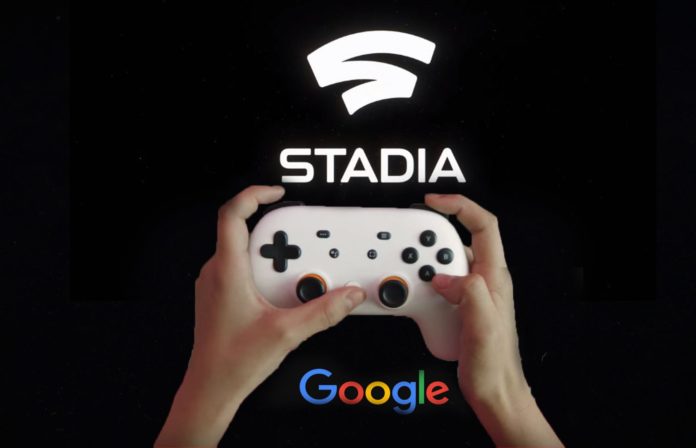After many hushed whispers and rumors, Google finally revealed its new game streaming service, Stadia at GDC today. I’ll leave the summary of all the “remarkable” features of Google’s first gaming service to my colleagues and instead go over the hardware powering it.
For starters, we don’t know which CPU Stadia is hiding under the hood, but as per
Google, it features a custom x86 processor with an unknown number of cores clocked at 2.7 GHz. This custom CPU packs a total of 9.5MB L2 and L3 cache, as well as support for hyperthreading, and AVX2 instructions. The fact that hyperthreading is mentioned and also by looking at the cache size, it seems quite likely that this is an Intel chip as hyperthreading and relatively lower cache sizes are signature characteristics of team blue’s CPUs.

However, Intel doesn’t appear in Google’s list of partners, suggesting that this might be an AMD part after all. If that is indeed the case, expect a custom mid-range Zen2 based Ryzen processor. Given the lower cache size and core clock, it is unlikely that this is one of the higher end parts and also hints to the possibility that it might be a significantly altered Ryzen chip.
- NVIDIA’s RTX 20 Series Turing GPUs Outsold Pascal by Almost 50%
- Alienware Area-51m Performance Analysis: The Mobile Desktop?
- Apple Refreshes the iMac with AMD Radeon Vega Graphics and Intel i9 CPUs
Now, what we do know about Google’s streaming console pertains to the GPU. Stadia will be fueled by a custom AMD Radeon Vega GPU roughly equivalent to an NVIDIA GeForce RTX 2070 or a Radeon RX Vega 56 graphics card. Google notes that Stadia will pack 56 compute units (3,584 streaming processors) coupled with HBM2 memory, just like the latter. However, the bandwidth is much higher (484 GB/s), pretty much on par with the Vega 64. There’s no word on whether the system memory and VRAM will be shared or not. Google’s specs put the total memory at 16GB.
Now, it’s possible that this figure just refers to the main memory and the GPU will be fed by a separate reserve of HMB2, but there’s a good chance that the two will be pooled together as 16GB is rather too much for a mid-range gaming device. Lastly, Google also made it a point to highlight the single precision compute performance of the Stadia or in layman’s terms that TFLOPs figure both Sony and Microsoft boast while talking about their respective consoles.

The Google Stadia will boast 10.7 TFLOPs of graphics processing power, just a tad bit higher than the Vega 56, but don’t take this number seriously as it doesn’t really reflect real-world performance. For example, the Radeon VII offers 13.8 TFLOPs of single precision performance while NVIDIA’s flagship RTX card is rated at 13.4, but despite that, the latter is at least 20-30% faster than AMD’s 7nm GPU. These differences arise due to the differences in architectures and their associated bottlenecks as well as the type of memory used.
In this case, however, it would be fair to compare the Stadia’s GPU to the Radeon RX Vega 56 as both are based on the same architecture and feature HBM2 memory. The Google console probably comes with notably higher clocked memory, explaining the higher bandwidth. The similar SPCP of 10.7 TFLOPs (compared to Vega 56’s 10.5) means that the shaders will be clocked at speeds somewhat lower than the 56, with the higher memory transfer speed making up for this discrepancy. As a measure of comparison, the PS4 Pro offers 4.2 TFLOPs of SPCP while the more powerful Xbox One X is rated at 6. Regardless, the Stadia should be good for gaming at 4K-60FPS although comprises in the visual fidelity will have to be made depending upon the game in question.
Read more:


